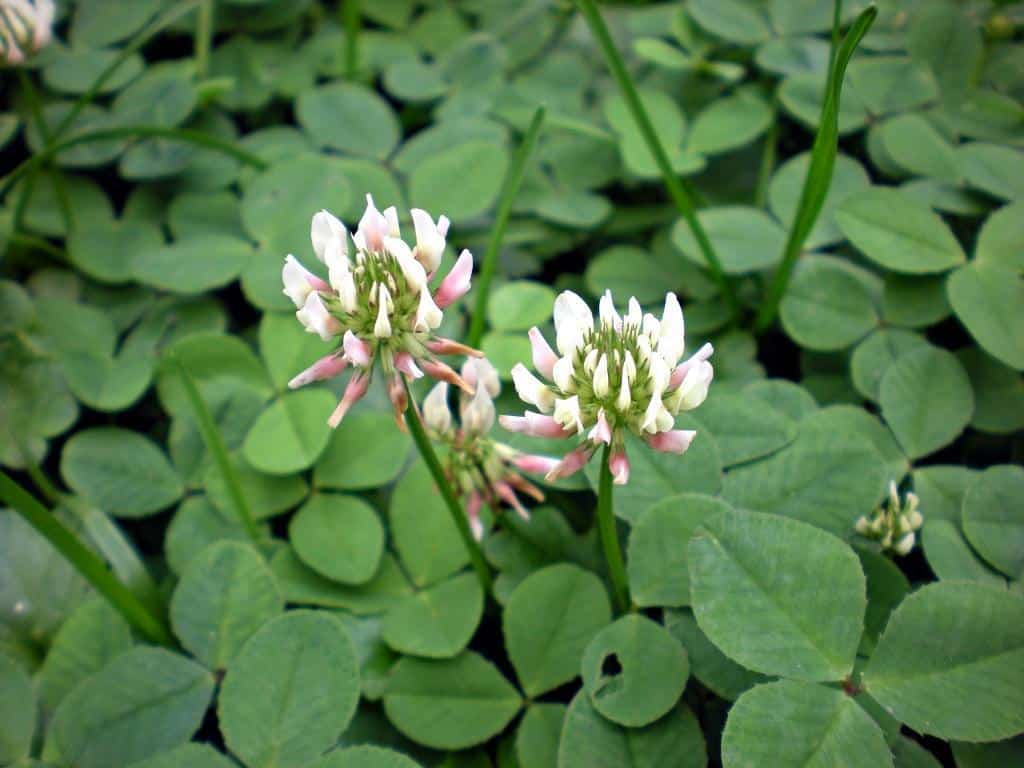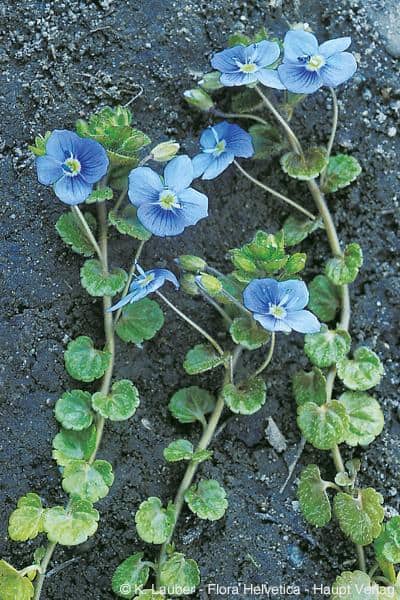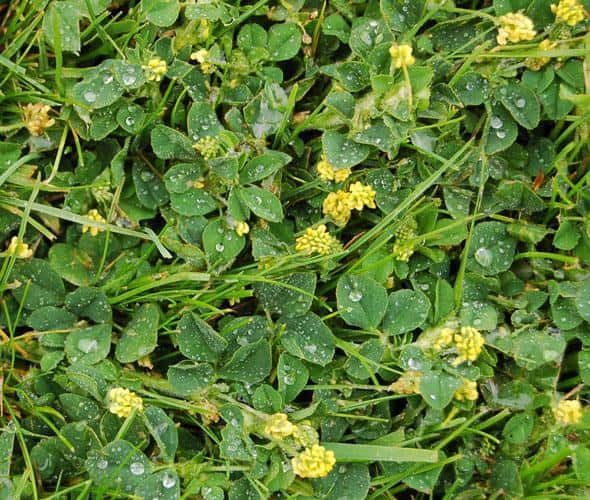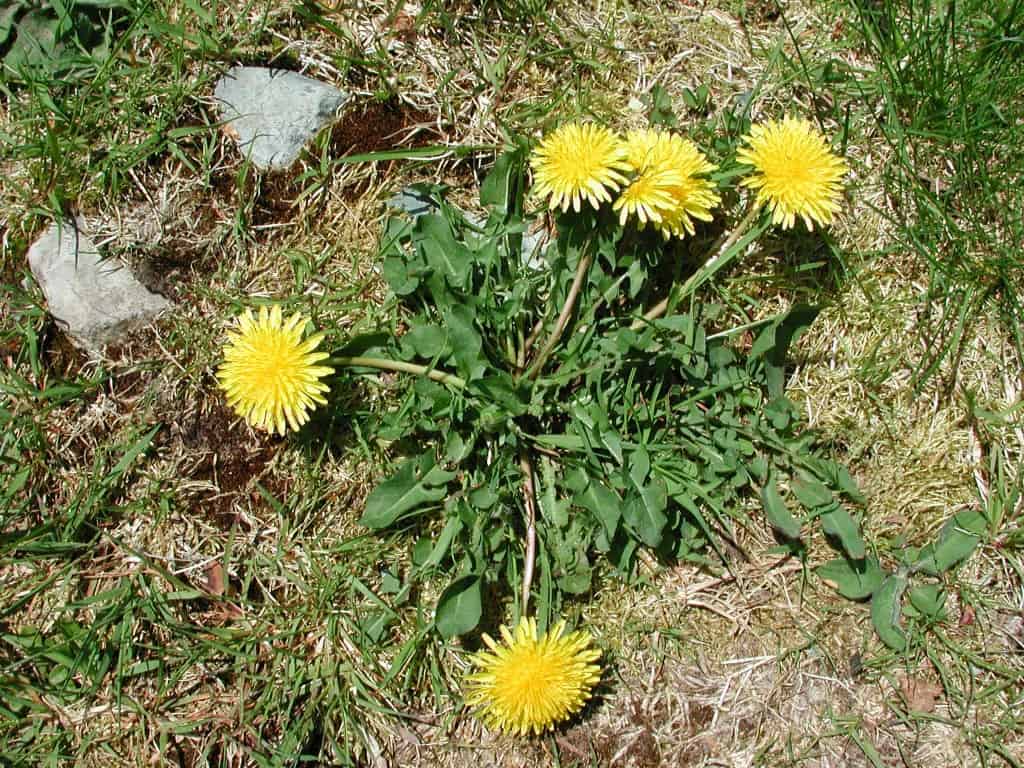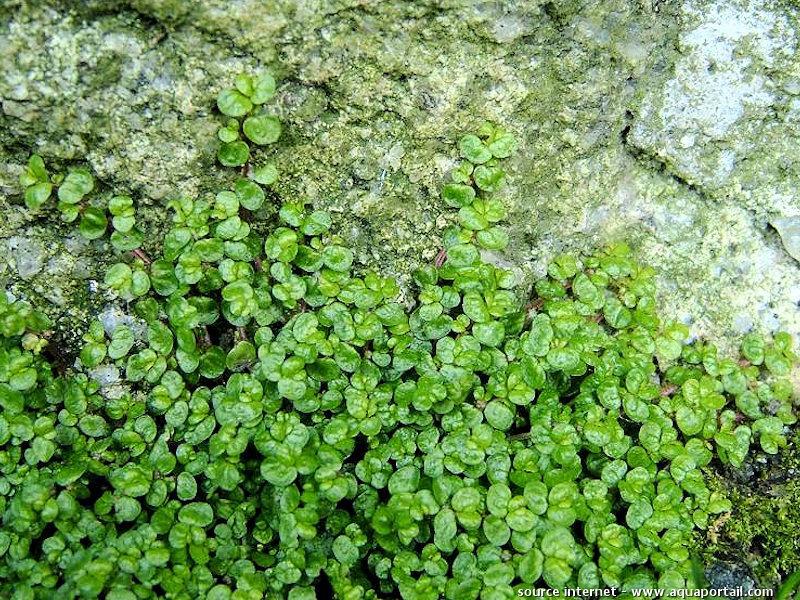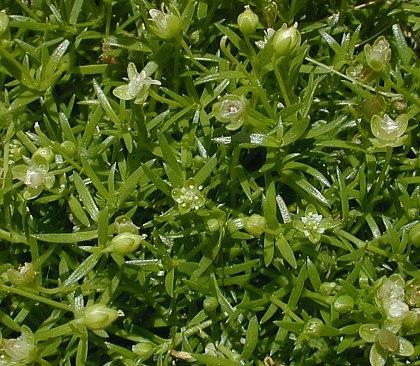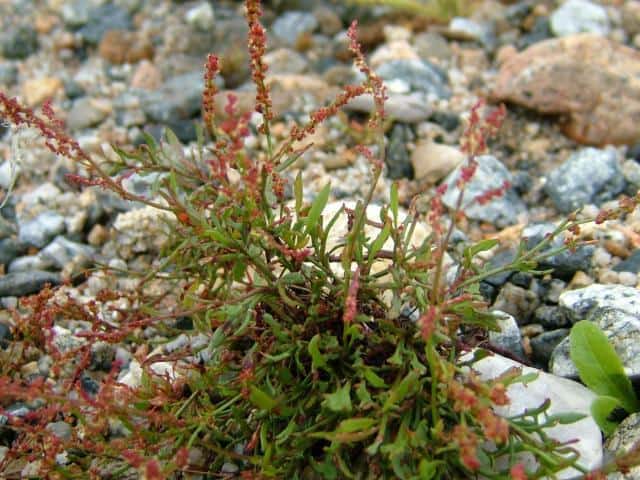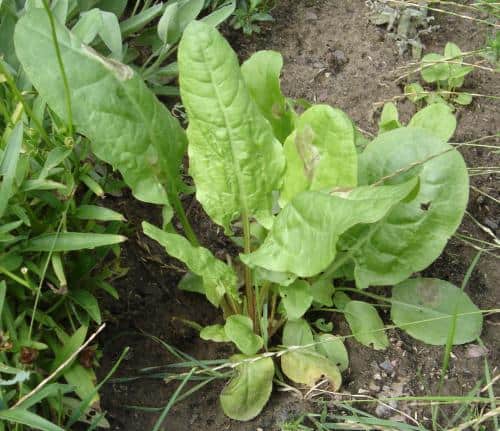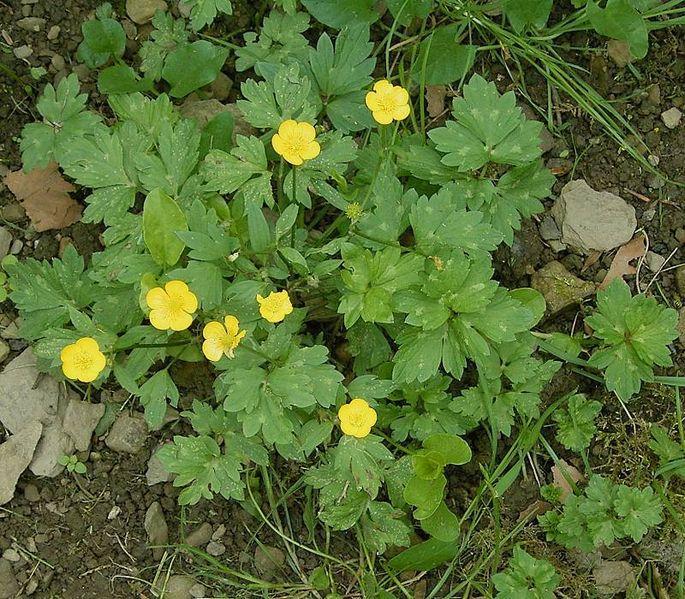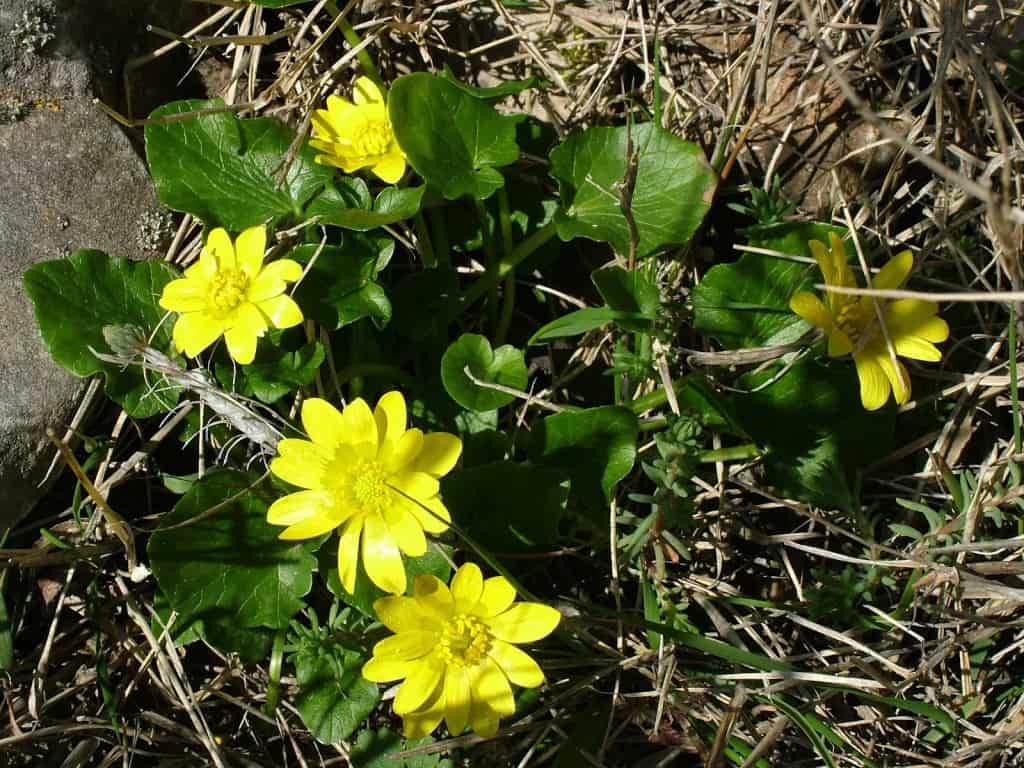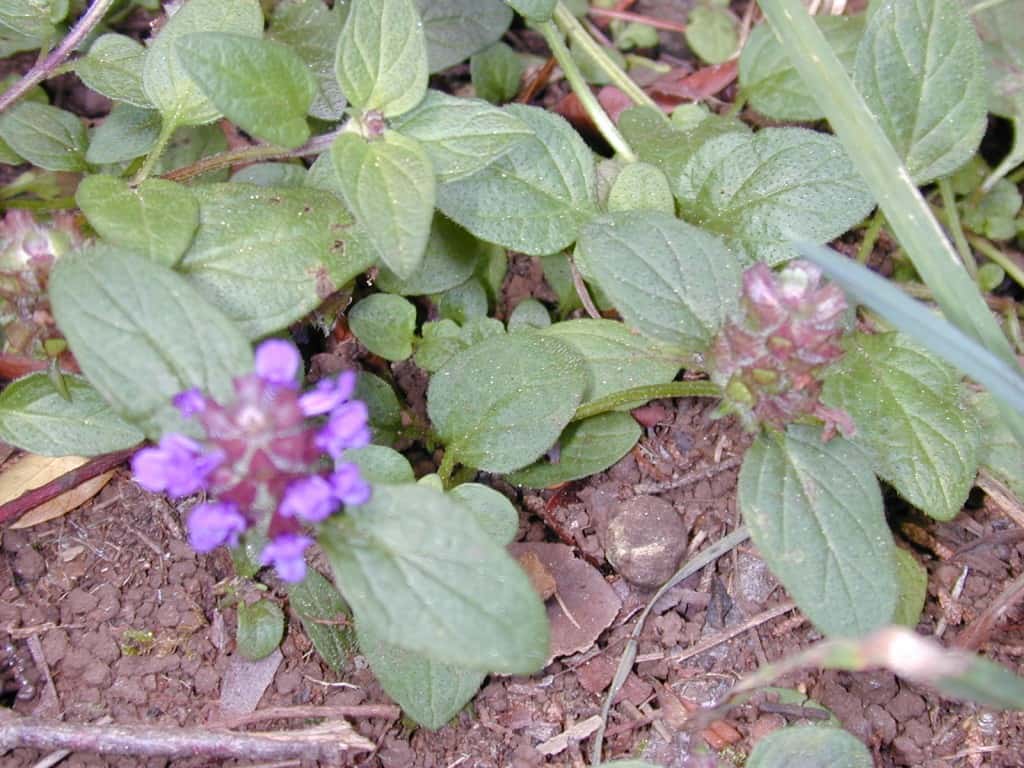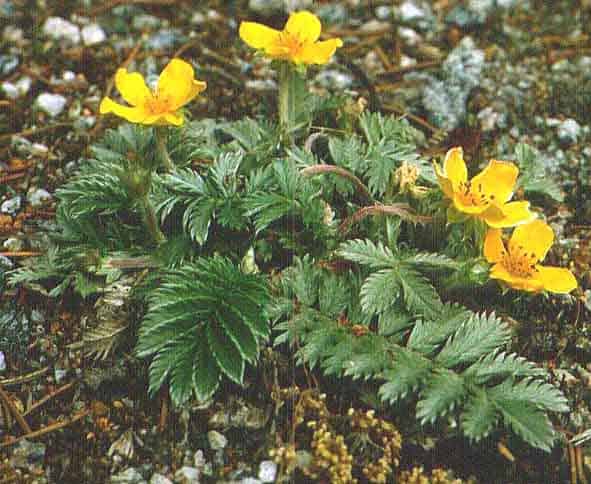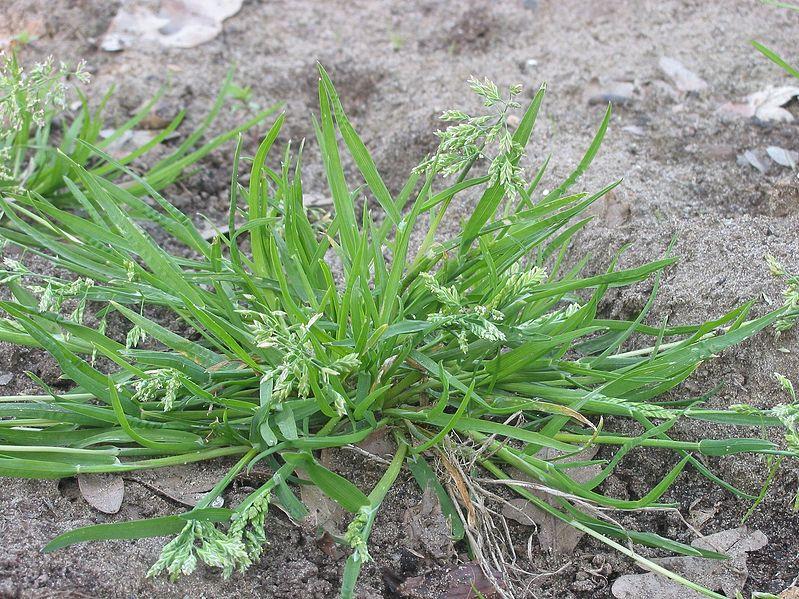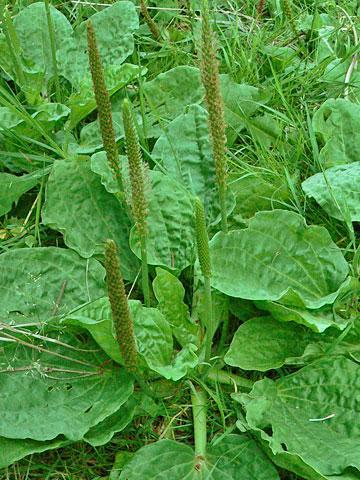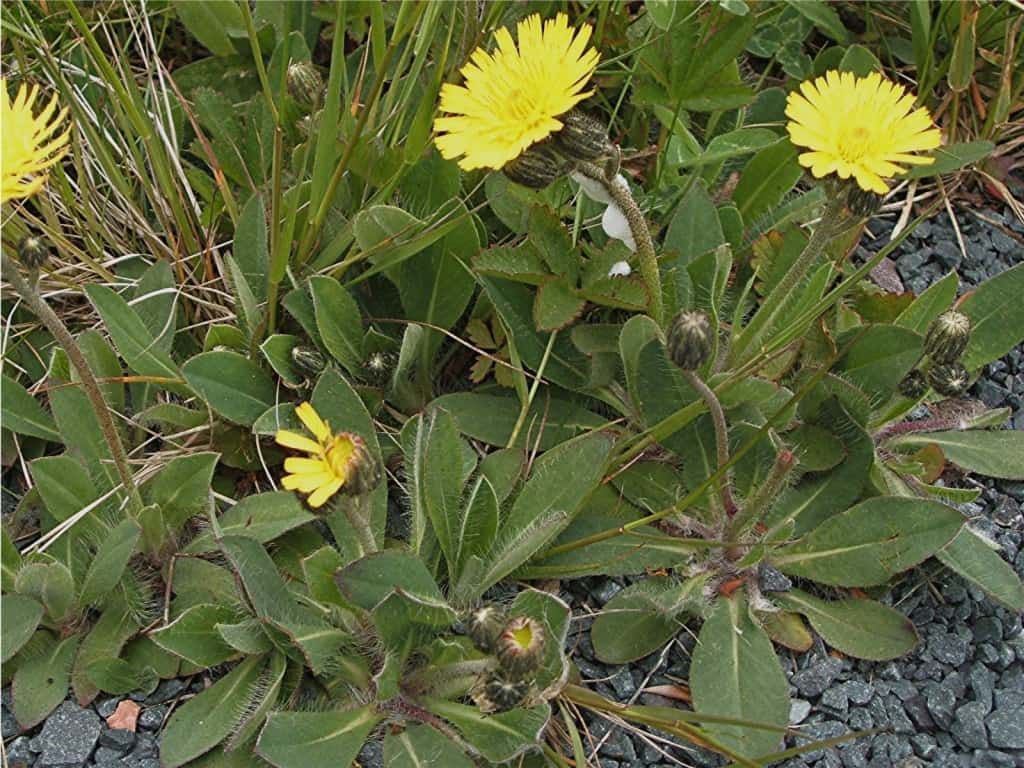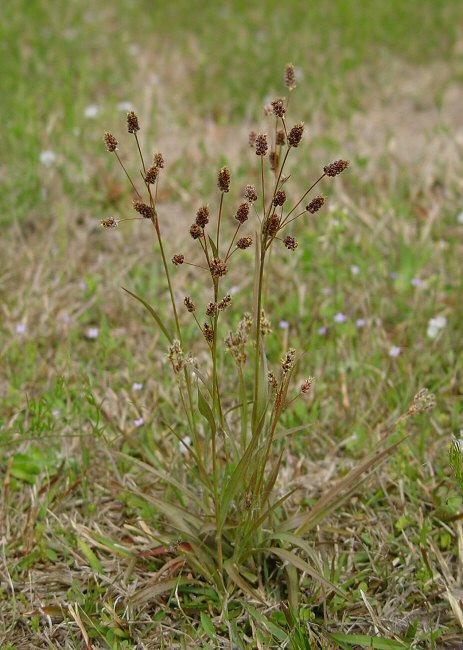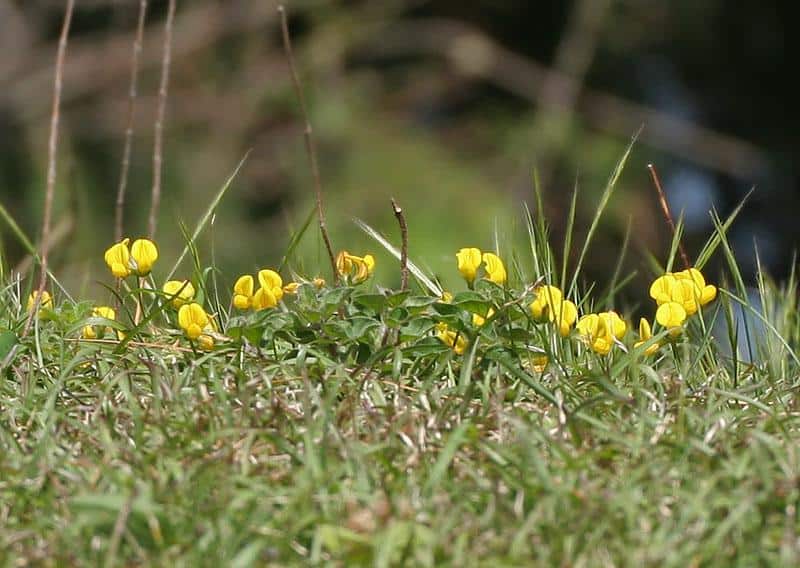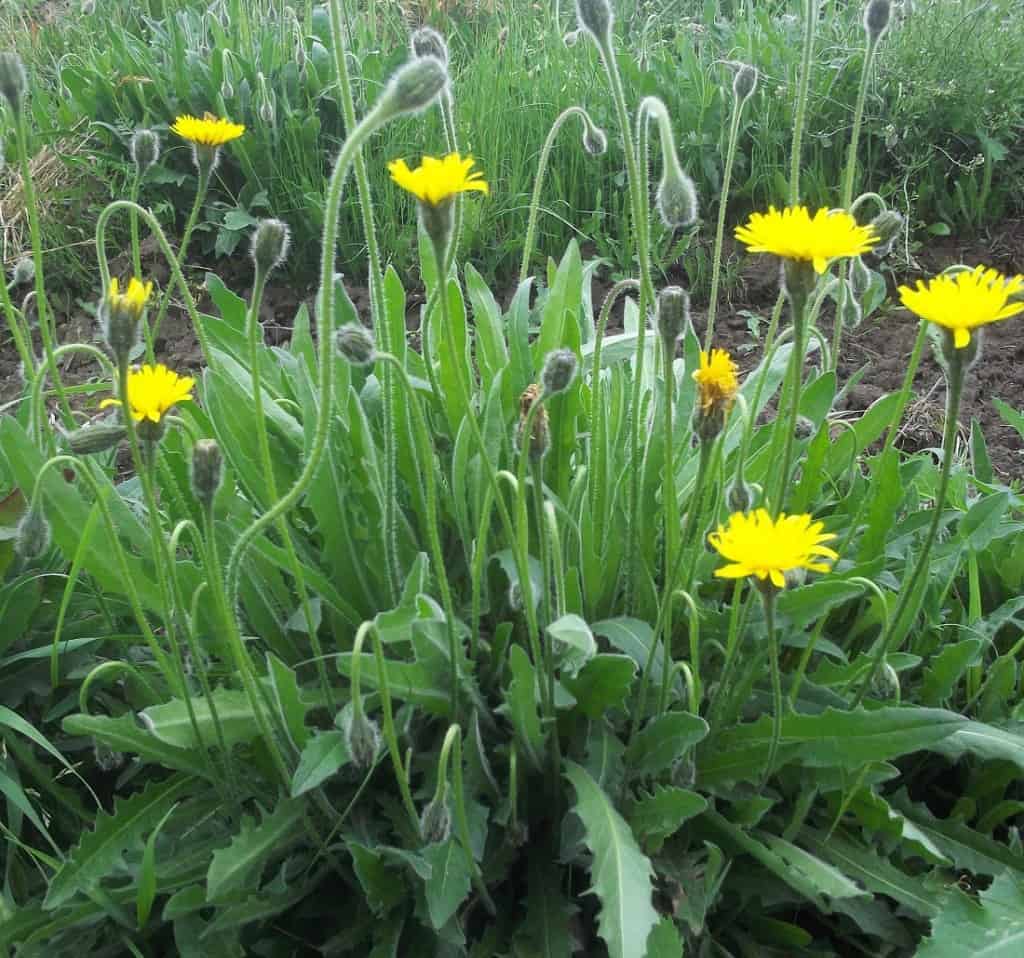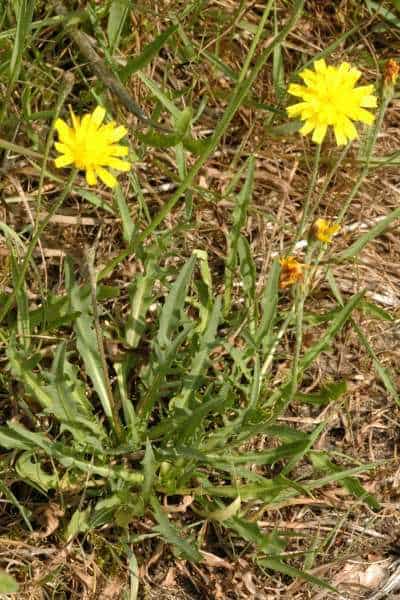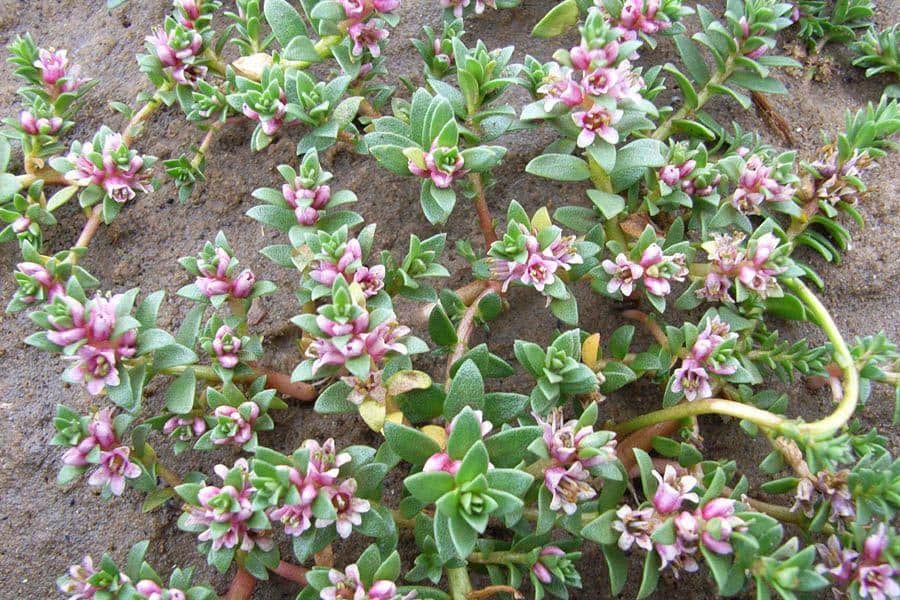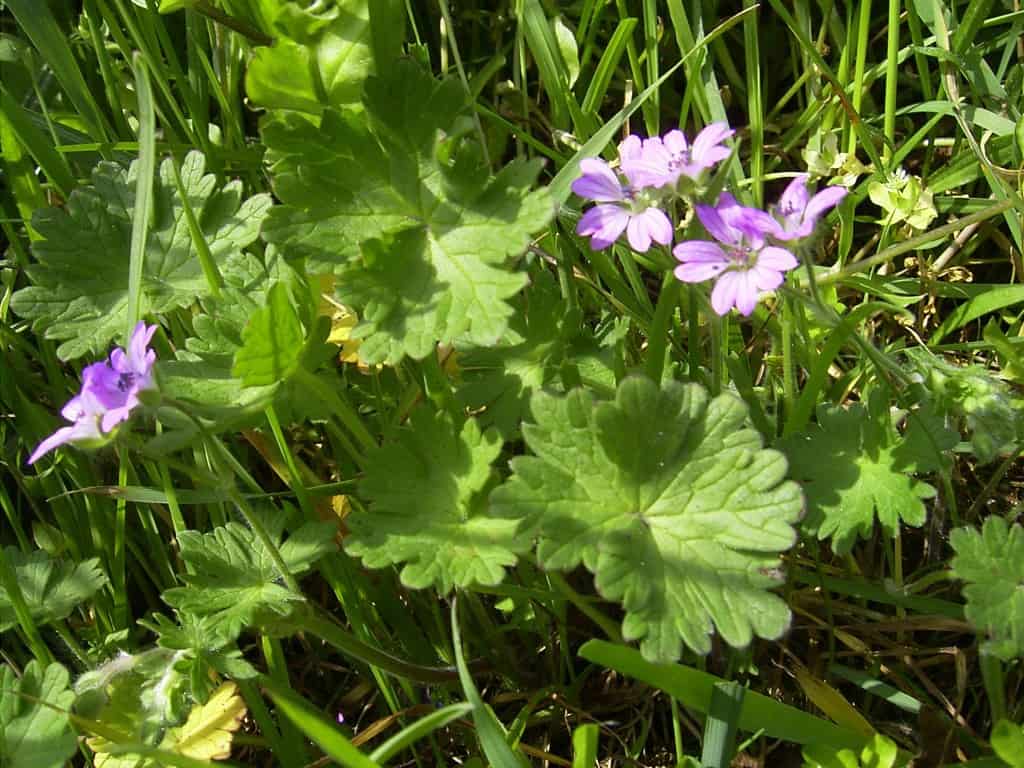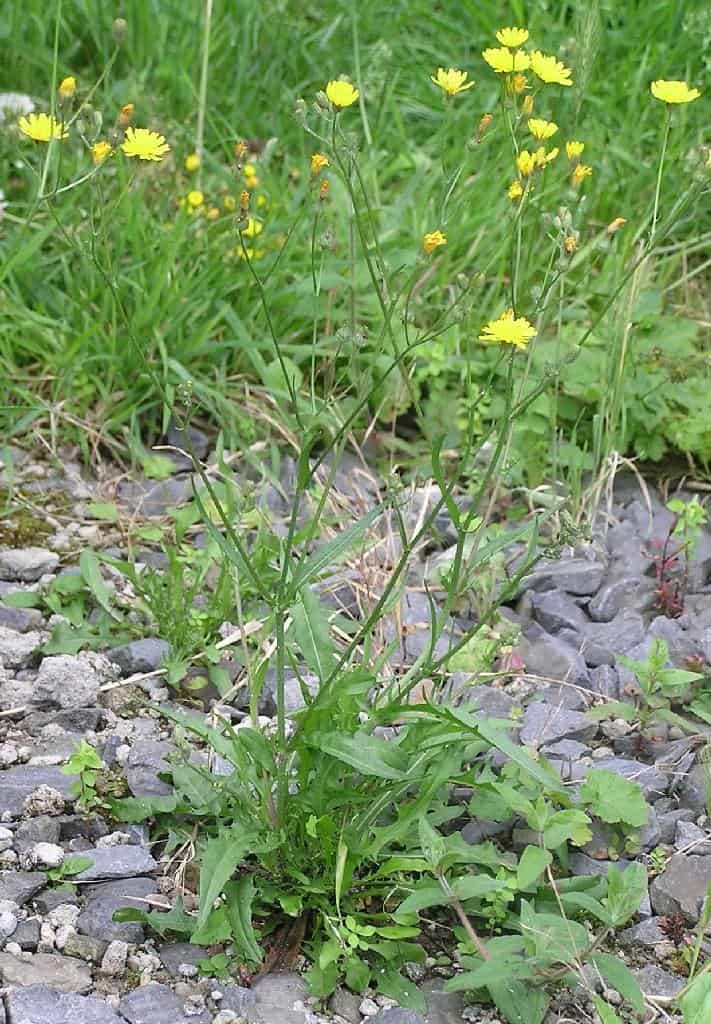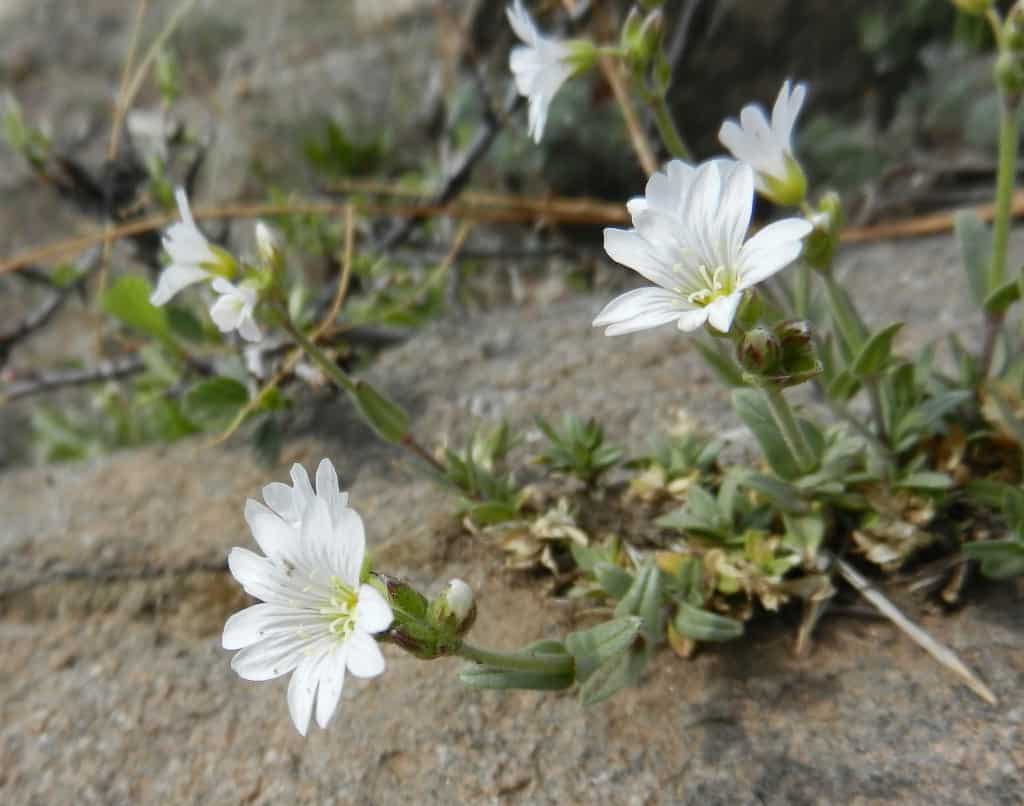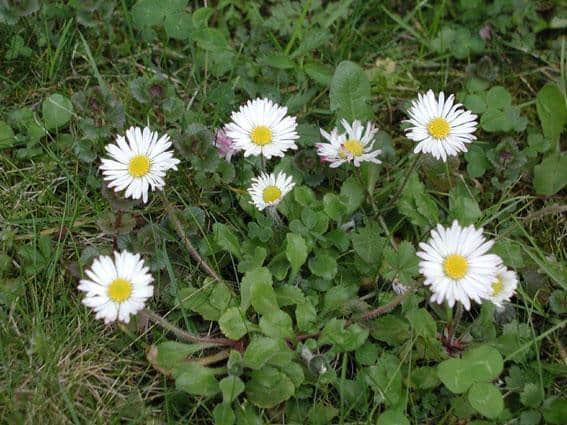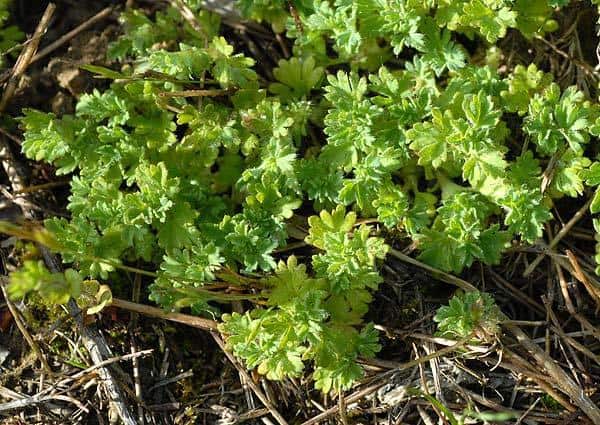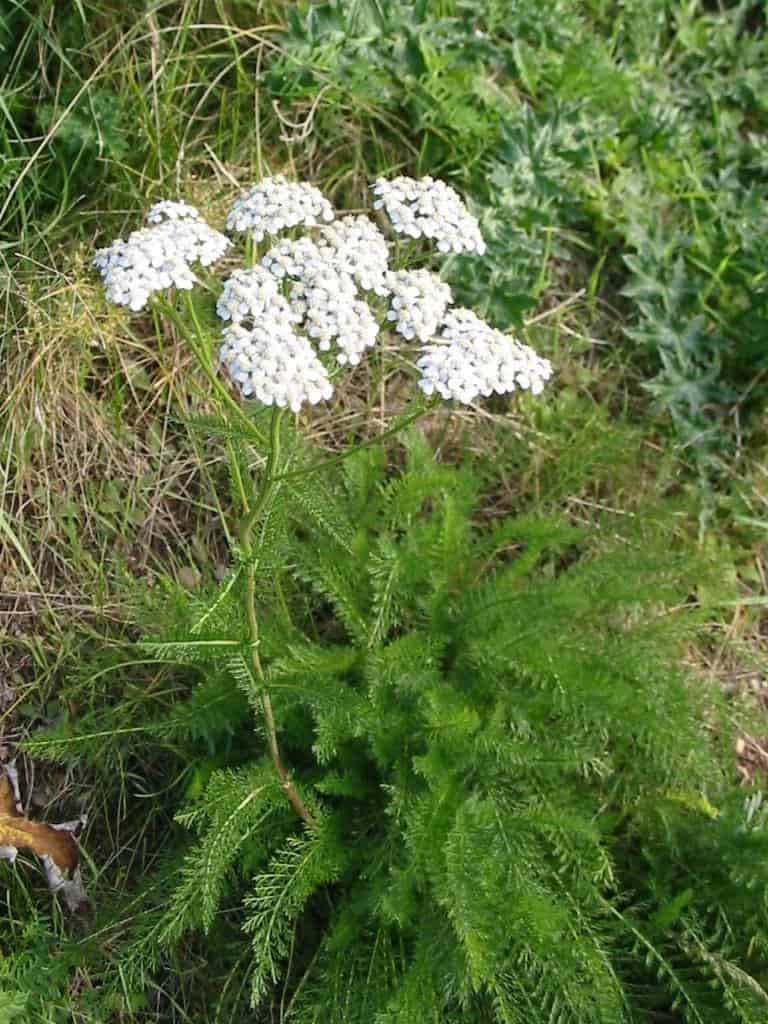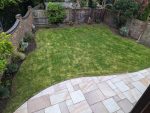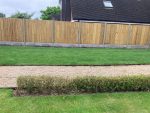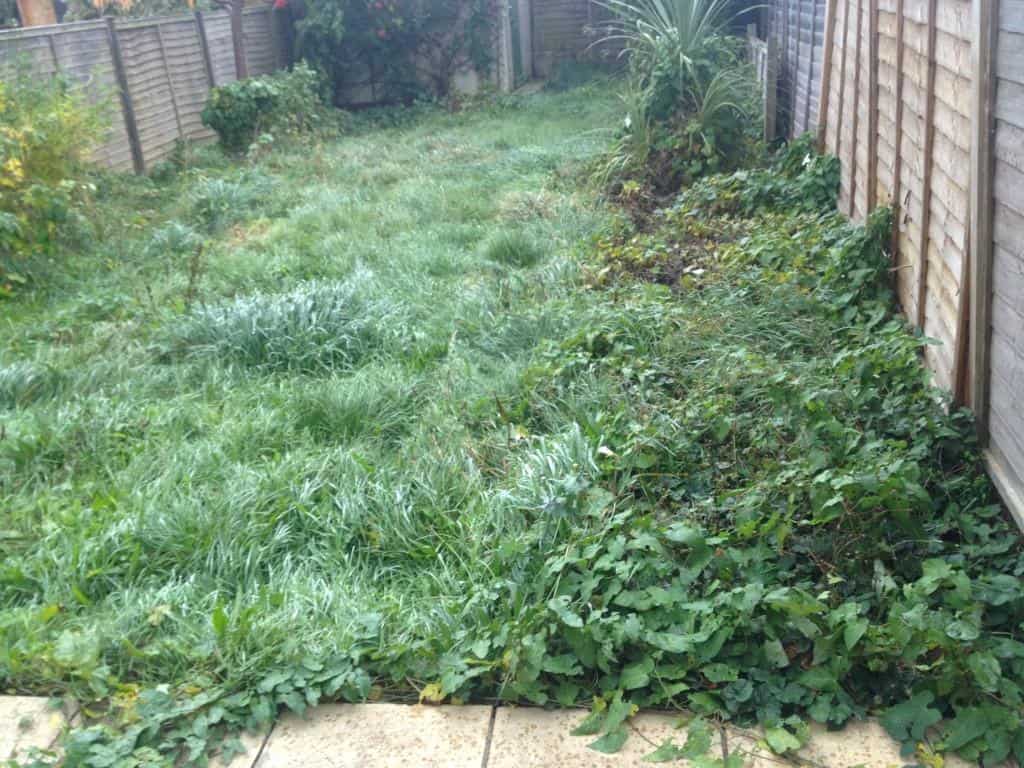
Mar 16, 2016 | News
Weeds can be a good soil indicator

In this article I will provide some information about how to determine type of soil in your gardens.
It’s based on weeds observation. Some weeds as well as more desired plants like certain conditions. By observing carefully what weeds grow in your garden you can then assess what “good plants” would thrive in this spot.
Observing the most prevalent weeds can indicate if soil is:
- acidic
- alkaline
- healthy and balanced
- depleted of certain nutrients
- poor draining soils
- sandy soils – poorly retaining moisture
Some points you have to take into consideration:
- You have to observe several the most prevailing weeds
- Pay attention to healthy weeds. You might find a certain weeds growing in many places, but in some of them the same weed will be healthy and in some others not so much ..
Plants like hydrangeas or cornflowers (Centaurea cyanus)are excellent soil indicators.
Some grow very well in most soils like: purple nettle ( lamium purpureum ) and Shepherd’s purse ( Capsella bursa pastoris )
Today I would like to concentrate on weeds that prevail in acidic soils. Weeds that may indicate an acidic type of soil are:
Plants that grow well in an acidic soil are amongst others: azaleas, hydrangeas, rhododendrons, camellias
And fruit and vegetables like: rhubarb, potatoes, shallots, sweet potatoes, endive and watermelons, blueberries
Next I would like to list some weeds that prevail in alkaline soils, that is soils which PH is higher than 7.0. Weeds that may indicate an alkaline type of soil are:
Please find a few plants that will grow well in both acidic and alkaline soils but are also good for partial shade, clay and poorly drained soils – these are conditions most common for Reading, Berkshire.
Anny’s Winter Orange (Cornus sanguinea), Bamburanta (Ctenanthe lubbersiana), Chilean rhubarb (Gunnera manicata), Snowberry Hancock (Symphoricarpos chenaultii), Strawberry Fields (Deutzia hybrida), Veitchii (Deutzia longifolia), Chestnut-leaved rodgersia (Rodgersia aesculifolia), Golden creeping Jenny (Lysimachia nummularia), Knotweed Superba (Persicaria affinis), Variegated Japanese spurge (Pachysandra terminalis), Bleeding heart ‘Langtrees’ (Dicentra formosa)
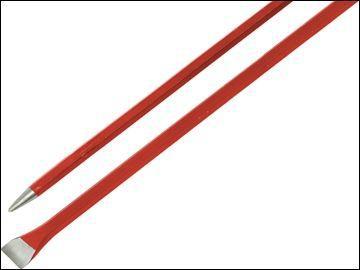
Jul 5, 2014 | News
Hello,
I would like to share with you a little tip that might save you time, effort and your money.
There will be times when you would like to change something in your garden. Maybe create a new flower bed, redo an exisiting one, or get rid of a flower bed and create a patio or some
other low maintenance area instead. You might find that whilst doing it you stumble across a hard piece of wood stuck in a soil called a tree stump or shrub stump or a biggish root !
So…
Well
If you call for a gardener and it turns out to be me than thank you for your business 🙂 !
However a small stump removal isn’t that difficult with the right tool!
I decided to quickly write something about it, after today’s experience.
I got an email titled “bush root removal” asking for a quote to remove two roots which the customer couldn’t get out himself. I got there ready to quote and schedule that job for sometime next week but to my surprise these roots could have been dealt with there and then. Even with my trainers on 😉
Customer managed to pull out another root earlier which was about half of the size of two remaining. It took him about 1.5h to do it with a spade and a fork.
Small stump removal
Now how to do it..
You need to be able to lift few pounds and crucially get yourself a right tool for the job !
Not a spade, not a fork ! and as much as you would love to use it, not a chainsaw ( goes blunt in no time when soil/dirt gets onto the chain )
All you need is…
A digging bar to remove a root / stump
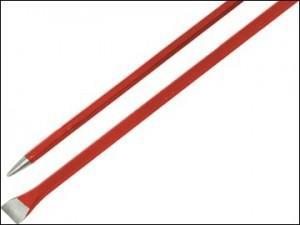
It basically is a very strong rod, usually and inch in diameter with one end pointed and the other shaped like a chisel.
1. Cut into the ground around the root / stump with a chisel end.
2. Then try to push the pointed end as far as possible under the root. That will allow you to lever up the root. Do it few times alternately from either side of the root.
3. If there are bigger roots running away from the stump under the ground which you can’t cut / break with a digging bar then use an axe or uncover the soil around them and use a small pruning saw to cut them off.
Easy, and it won’t take long neither unless it’s a proper tree stump for which you might want to get a stump grinder.
Good luck !
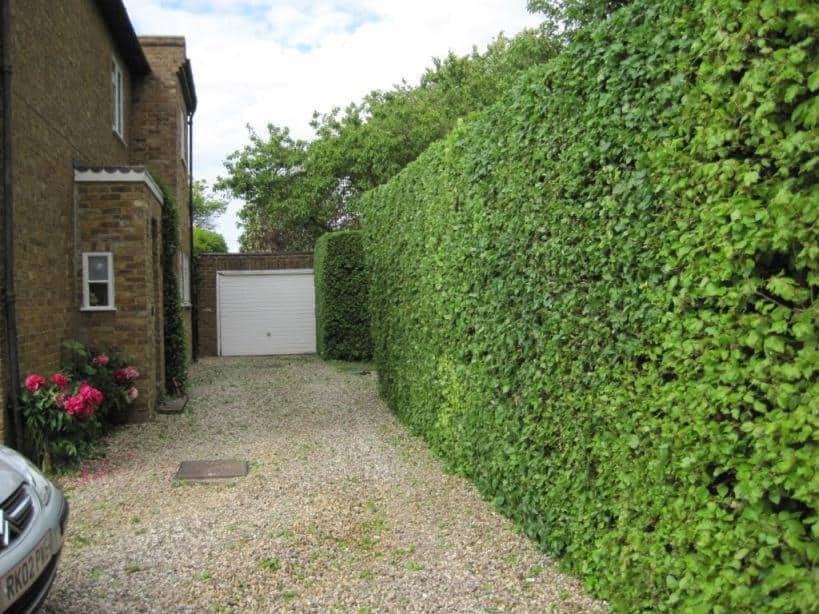
Feb 20, 2014 | News
When it comes to hedge maintenance, regular hedge cutting / trimming is the single most important thing to do. Regular hedge trim will make your hedge compact and thick right from the bottom.
Why plant a hedge?
Hedge can be a perfect garden boundary, but the wrong one may give you troubles.
- hedges provide shelter.
- They dumpen noises, reduce strong winds
- The obvious they give you privacy.
- security but not all hedges. Thorny, prickly varieties like for example:
Common holly
Firethorn
Blackthorn
Barberry
Buckthorn
- some hedging plants like photinia give you a beautiful seasonal change.
- hedge supports wildlife. Birds love nesting in them as well as eating some berries.
- unlike wooden fences, hedges won’t need replacing for many many years and they don’t require anything more than regular hedge cutting.
I can’t stress that too much.
Hedges need your commitment to regular hedge cutting / trimming.
All types of hedging need at least one hedge cut a year. Some varieties more than one.
A regular light prune is much better for you and your hedge then an occasional heavy cut.
Power tools do a quick job if done regularly. High and overgrown hedges often need costly specialist equipment or professional help
to get them back into shape.
You can avoid a lot of problems in future if you choose the right hedging plants for your boundary.
Hedge planting – the right choice.
The many benefits of growing hedges on your boundary depend on selecting the right plants for the situation. If you choose an unsuitable variety you could be faced with a range of problems, especially if the hedge grows too big. It will be difficult to trim and may cut out light to your garden or house.
- Its roots could deprive other plants of water and nutrients, and even interfere with paths and buildings.
- Oversize hedges will intrude on your garden space, and may cause problems with neighbours.
- Oversize hedges can be costly and time consuming to cut back and most conifers, including Leyland and Lawson’s cypress, will not tolerate hard pruning.
- If the hedge borders a road or path the local authority could get involved, and insist the hedge is cut back.
Luckily there is a wide range of plants available so it’s not difficult to achieve an attractive healthy hedge – one which will take only as much upkeep as you can manage, and create an attractive feature in your neighbourhood, not a bone of contention.
|
Growth rate |
hedge cutting – how often |
Size if unpruned |
Foliage |
Prickly? |
| Beech |
xxx |
Once |
Large tree |
D/LL |
No |
| Berberis |
xx |
Once |
Large shrub |
E |
Yes |
| Cherry laurel |
xx |
Once |
Large shrub |
E |
No |
| Cotoneaster |
xx |
Once |
Large shrub |
E |
No |
| Escallonia |
xx |
Twice |
Large shrub |
E |
No |
| Firethorn |
xx |
Twice |
Large shrub |
E |
Yes |
| Hawthorn |
xxx |
Twice |
Small tree |
D |
Yes |
| Hazel |
xxx |
Once |
Small tree |
D |
No |
| Holly |
x |
Once |
Small tree |
E |
Yes |
| Hornbeam |
xx |
Once |
Large tree |
D/LL |
No |
| Lawsons cypress |
xx |
Twice |
Large tree |
E Conifer |
No |
| Leyland cypress |
xxx |
Twice |
Large tree |
E Conifer |
No |
| Portugal laurel |
x |
Once |
Large shrub |
E |
No |
| Privet |
xx |
Three |
Large shrub |
E |
No |
| Rose |
xx |
Once |
Large shrub |
D |
Yes |
| Western red cedar |
xx |
Twice |
Large tree |
E Conifer |
No |
| Yew |
x |
Once |
Large tree |
E Conifer |
No |
Key:
Growth rate, for established plants
xxx – over 60cm/year
xx – 30-60cm/year
x – 15-30cm/year
Foliage:
D – deciduous
LL – dead leaves held in winter
E – evergreen
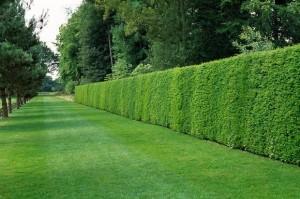
My favourite hedging plant has to be YEW ( taxus )
Classic choice but everlasting and makes an excellent hedge. Doesnt need that much hedge cutting either.
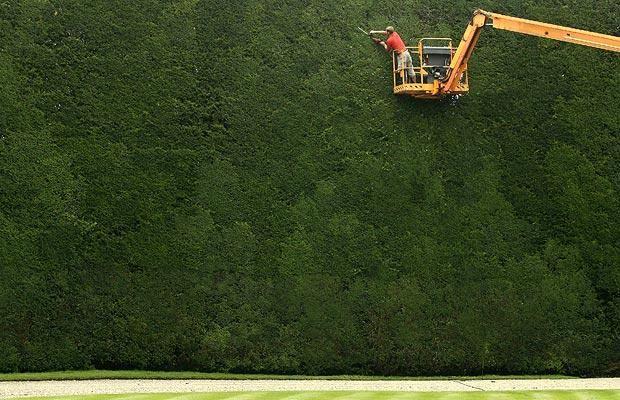
Tidy Gardens can trim/prune most of hedges, but if you are that lucky and have spectacular yew like on a picture above then DON’T call us. Call for a crane ! 🙂
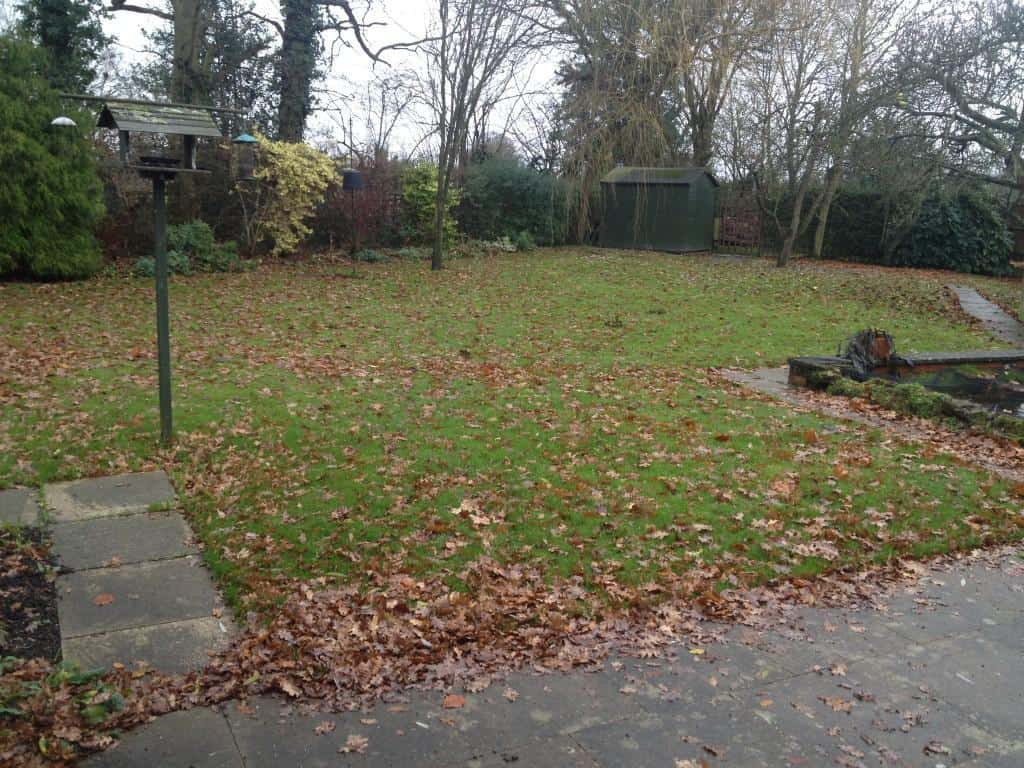
Dec 22, 2013 | News
Leaf clear up..
Today, I would like to explain one of the reasons why clearing up leaves off the lawn is important.
One of these reasons in this garden below is:
Earthworms..
Not their beneficial activity of aerating the soil, but the detrimental effect of their casts on the surface of your lawn.
There are about 27 species of worm in the UK but only three create worm casts at the surface of your lawn
Earthworm cast is made up of soil and worm’s digestive system secretion. Final product is very slimy and if left on the lawn, can later be smeared across the lawn from mowing or even walking on the lawn. Earthworm casts also create bumps in the turf and can quite often be unsightly.
The vast amount of earthworm casts can quickly turn your lawn into a patch of mud.
Leaves do attract worms to the surface. Worms pull leaves into their burrows to feed on these later.
One simple thing you can do to discourage worms from coming to the surface is to clear autumn leaves immediately.
Leaf clear up service
That will limit the amount of casts on your lawn .
Other methods include:
– Use of an acidifier
– Spraying with a fungicide like: carbendazim









